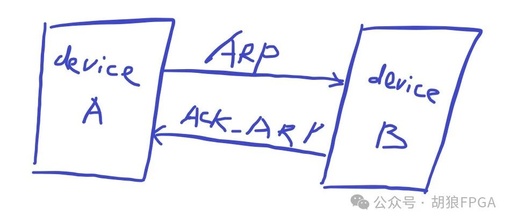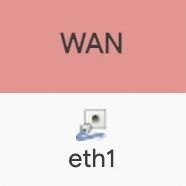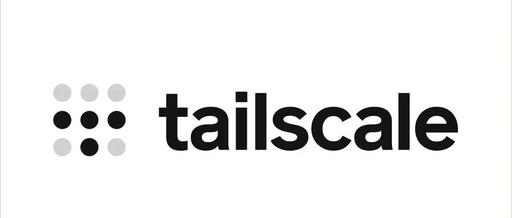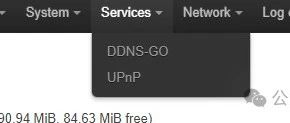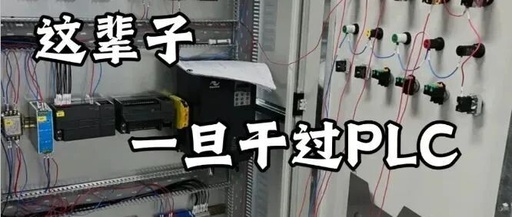The Three Elements of Linux Configuration: The Synergy of Files, Commands, and Interfaces
🌟 The Three Elements of Linux Configuration: The Synergy of Files, Commands, and Interfaces 💡 Introduction: In the world of Linux, almost everything can be configured and customized. From kernel parameters to user environments, from network protocols to hardware drivers, the flexibility of configuration is one of the reasons why Linux is powerful and widely … Read more


